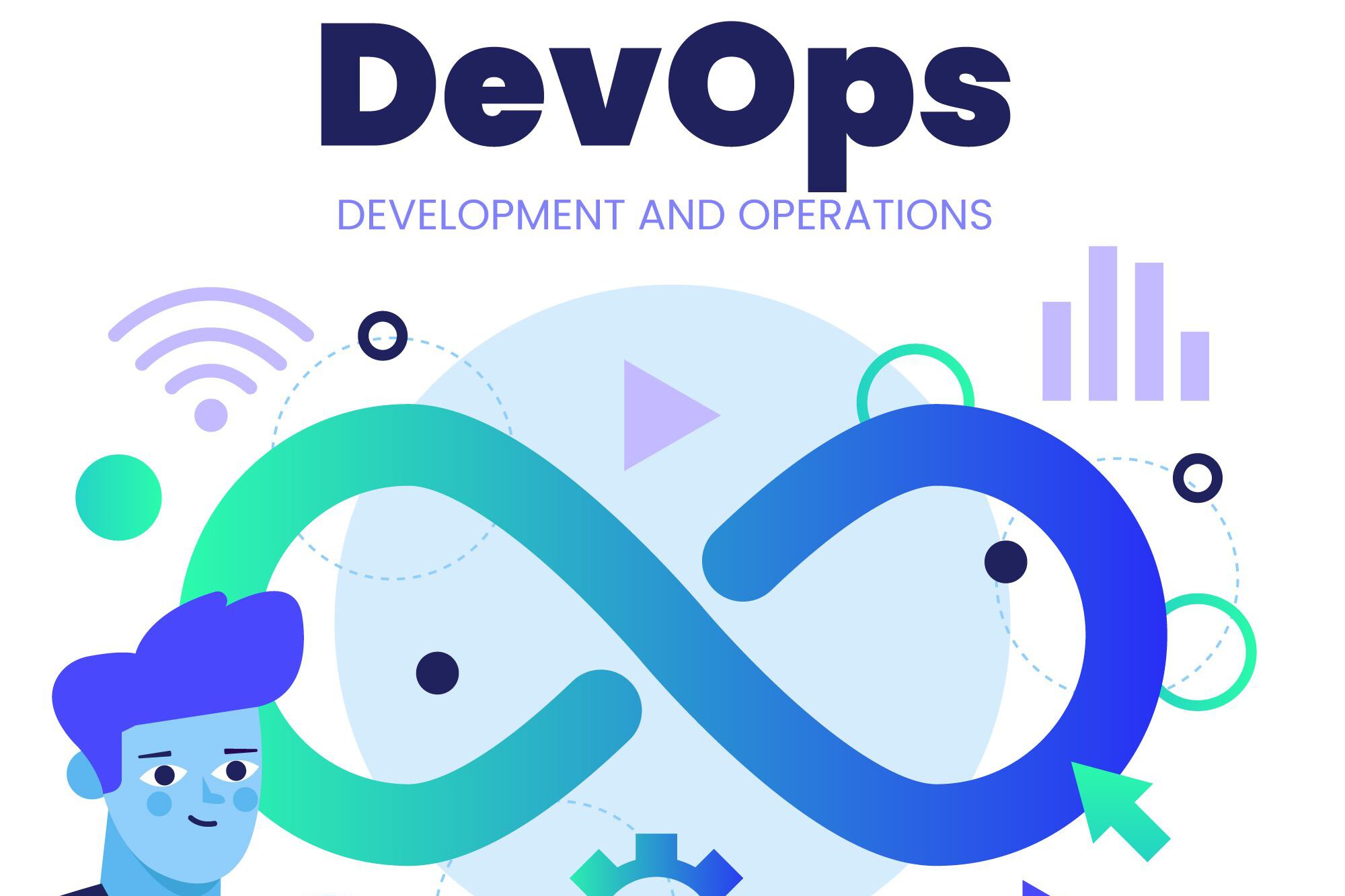1. Agile Methodology: The Foundation of Flexibility
Agile methodology revolutionized software development by promoting flexibility, collaboration, and customer-centric approaches. Unlike traditional waterfall models that rely on a linear, sequential process, Agile breaks down development into iterative cycles, ensuring continuous improvement and adaptation.
- Key Agile Principles:
- Iterative Development: Agile projects are divided into sprints or iterations, each delivering a working product increment. This allows for frequent feedback and course corrections.
- Customer Collaboration: Continuous interaction with stakeholders ensures that the product evolves based on real-time feedback and changing requirements.
- Responding to Change: Agile embraces change, allowing teams to modify project goals and features during development.
- Cross-Functional Teams: Agile teams consist of developers, testers, and other roles working closely together, ensuring faster problem-solving and improved collaboration.
- Best Practices in Agile:
- Daily Standups: Short daily meetings help teams stay aligned on goals and tasks while addressing potential blockers early.
- Sprint Planning and Retrospectives: Effective planning and post-sprint reviews are essential to keep the team focused and continuously improving.
- User Stories and Backlogs: Maintaining a well-organized backlog and defining clear user stories ensures that the team knows exactly what needs to be delivered.
2. DevOps: Bridging the Gap Between Development and Operations
DevOps is a methodology that complements Agile by extending the principles of collaboration and automation beyond development to the entire lifecycle of the application. It emphasizes automating the processes between development and IT operations to enable continuous integration and continuous delivery (CI/CD), reducing deployment times and improving reliability.
- Key DevOps Principles:
- Automation: Automating repetitive tasks, such as testing, integration, and deployment, reduces the chance of human error and speeds up the process.
- Continuous Integration/Continuous Delivery (CI/CD): CI ensures that code changes are frequently integrated and tested, while CD automates the release of software, enabling faster and more reliable deployments.
- Collaboration: DevOps emphasizes breaking down silos between development, QA, and operations teams, fostering a culture of shared responsibility.
- Monitoring and Feedback Loops: Real-time monitoring and feedback systems allow teams to detect and resolve issues early, ensuring higher availability and performance.
- Best Practices in DevOps:
- Infrastructure as Code (IaC): Using code to manage and provision infrastructure allows teams to automate and version control infrastructure changes, making it easier to maintain consistency across environments.
- Containerization: Tools like Docker enable applications to run consistently across different environments, improving the efficiency of deployments.
- Automated Testing: Automated unit, integration, and regression tests ensure that new changes do not introduce bugs, speeding up the feedback cycle.
- Continuous Monitoring: Implementing monitoring tools to track application performance in production helps identify and resolve issues before they impact users.
3. Combining Agile and DevOps for Optimal Results
Agile and DevOps are not mutually exclusive; in fact, combining the two can lead to faster, more reliable software development. Agile focuses on rapid iteration and collaboration, while DevOps emphasizes automation, quality, and speed in deployment. Together, they form a powerful framework for modern software engineering.
- Continuous Feedback and Delivery:
- Agile ensures constant feedback from stakeholders, while DevOps ensures rapid delivery and deployment of these changes. This creates a feedback loop that helps teams iterate and improve quickly.
- Automation in Agile Sprints:
- By incorporating DevOps practices like CI/CD into Agile sprints, teams can automate much of the testing and deployment process. This allows developers to focus on writing code while ensuring that the code is continuously tested and integrated.
- Cross-Functional Collaboration:
- Both Agile and DevOps emphasize collaboration between teams. In an Agile-DevOps environment, developers, testers, and operations work together throughout the lifecycle of the project, from development to deployment and beyond.
- Rapid, Reliable Releases:
- Agile’s iterative approach, combined with DevOps’ automation, leads to faster, more reliable releases. Teams can deliver new features and updates continuously, meeting customer needs without sacrificing quality.
4. Tools and Technologies for Agile and DevOps
Many tools support both Agile and DevOps practices, allowing teams to implement the best practices effectively.
- Agile Tools:
- Jira: Widely used for managing Agile workflows, sprint planning, and tracking progress.
- Trello: A simple, visual task management tool often used for smaller Agile projects.
- Asana: Helps teams organize, track, and manage work, ideal for Agile project management.
- DevOps Tools:
- Jenkins: A popular CI/CD tool that automates testing, integration, and deployment processes.
- Docker: A containerization platform that allows applications to run consistently across different environments.
- Kubernetes: An open-source system for automating deployment, scaling, and management of containerized applications.
- Ansible/Chef/Puppet: Configuration management tools that automate the provisioning and management of infrastructure.
- Prometheus/Grafana: Tools used for monitoring and observability, helping teams detect and fix issues quickly.
5. Future Trends: The Convergence of Agile and DevOps
As software engineering continues to evolve, we are seeing an increasing convergence of Agile and DevOps practices. Emerging trends are focused on enhancing both methodologies to further streamline software delivery and improve quality.
- AI and Machine Learning for Automation:
- AI-driven tools are being integrated into both Agile and DevOps processes to automate testing, bug detection, and even code generation. This can significantly reduce human error and improve the speed of development.
- GitOps:
- GitOps is an extension of DevOps where Git repositories serve as the single source of truth for both code and infrastructure. This further improves collaboration and version control across teams.
- Serverless Architectures:
- The rise of serverless computing allows teams to focus more on writing code and less on managing infrastructure, aligning well with both Agile’s iterative focus and DevOps’ automation principles.
Conclusion
Agile and DevOps represent two of the most important methodologies in modern software engineering. By following best practices from both, teams can improve collaboration, speed up delivery, and ensure higher-quality software. Whether you’re focusing on rapid iteration with Agile or streamlining the deployment pipeline with DevOps, combining the two approaches can lead to greater efficiency and success in software development.

